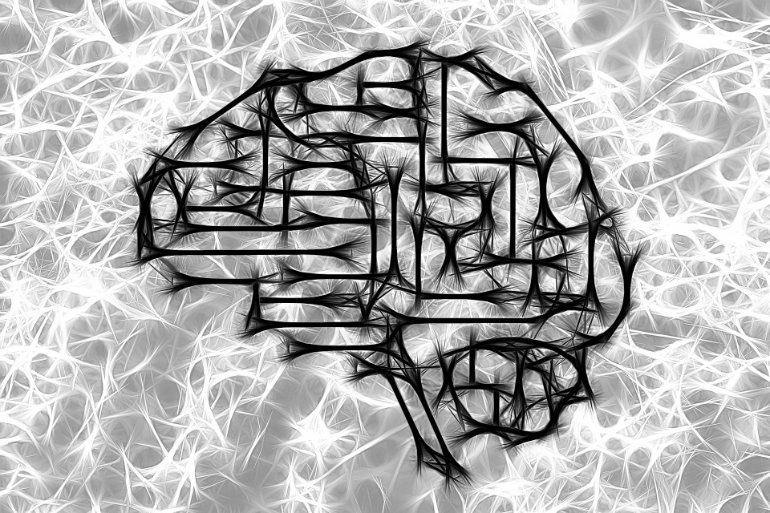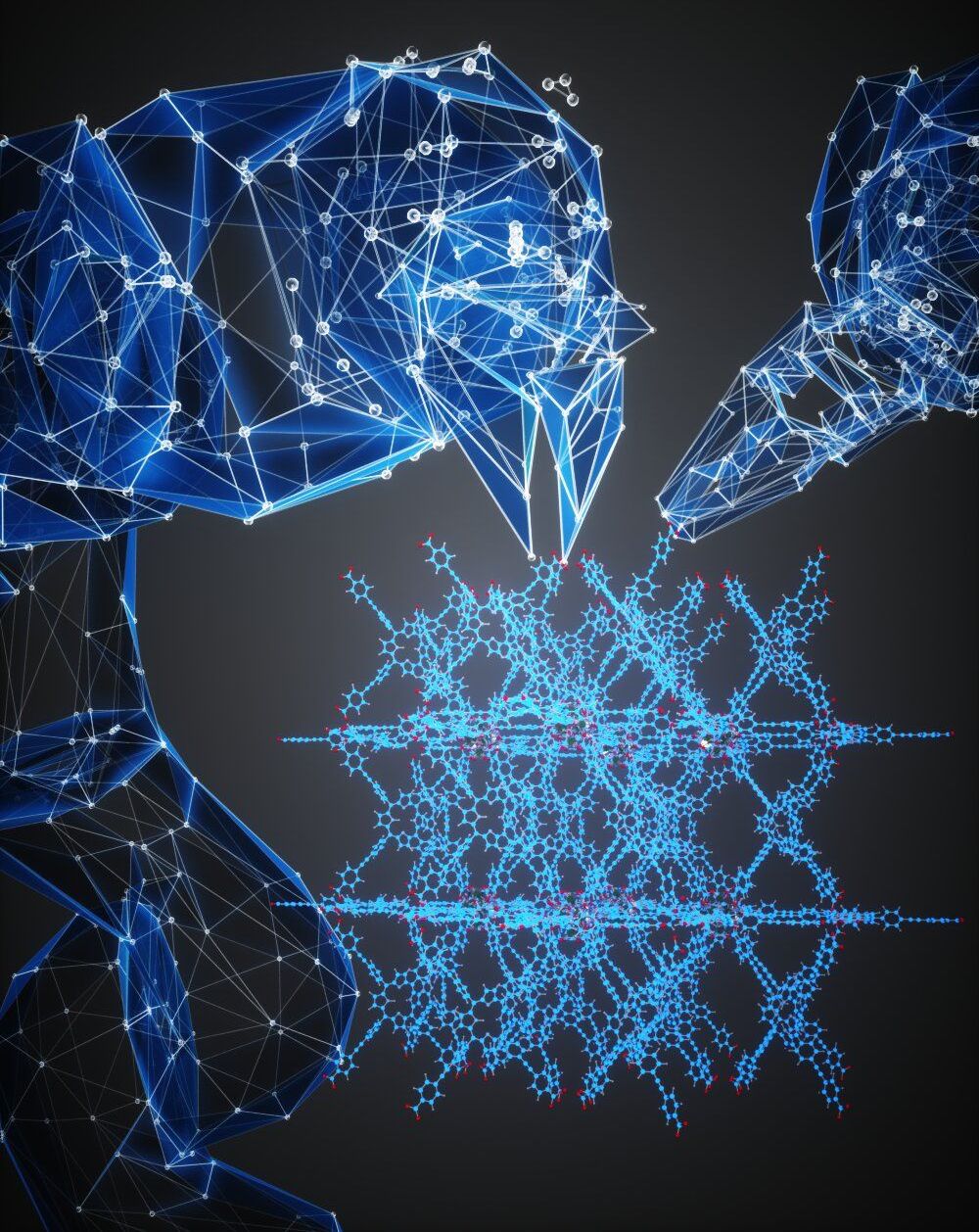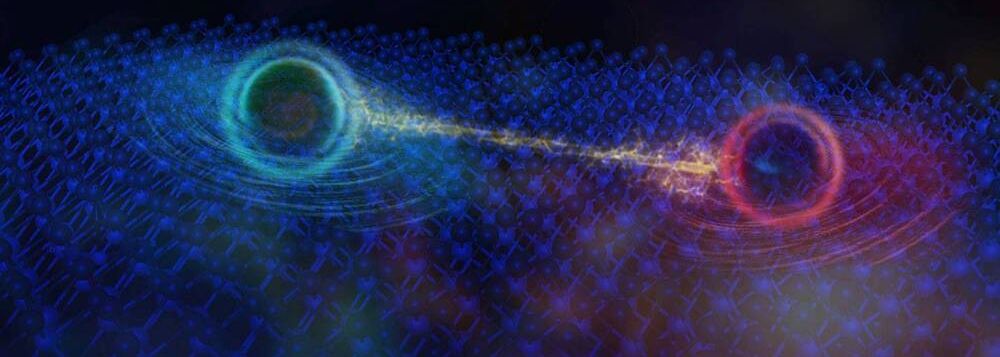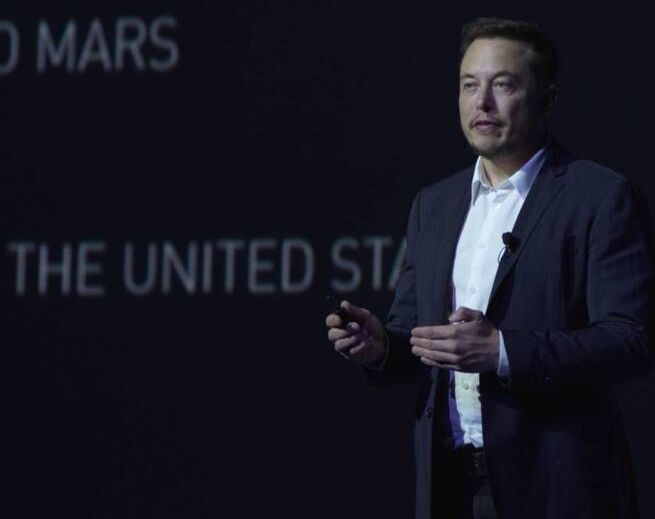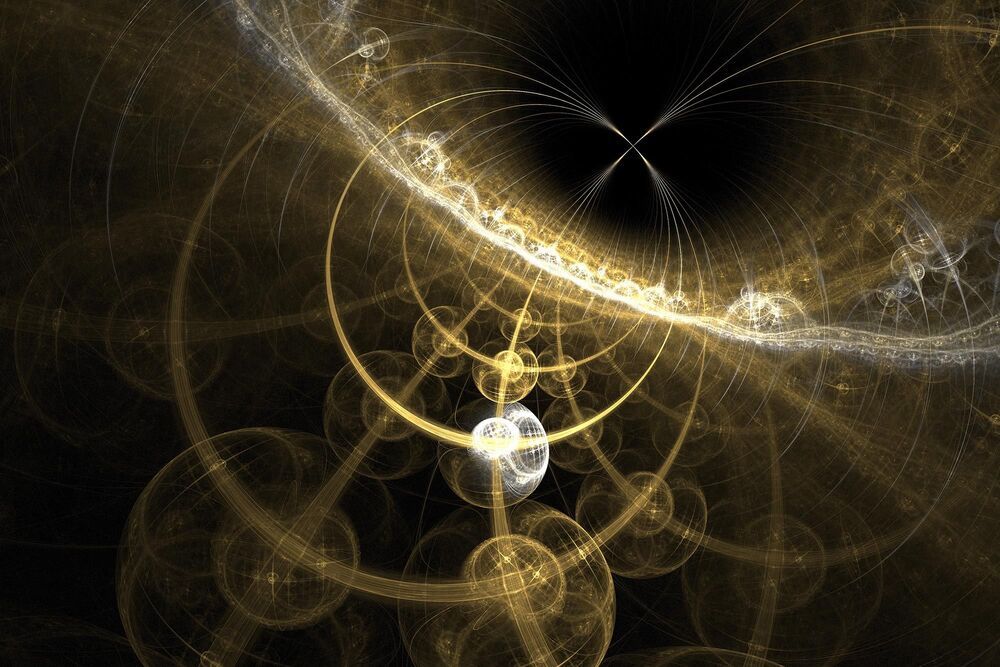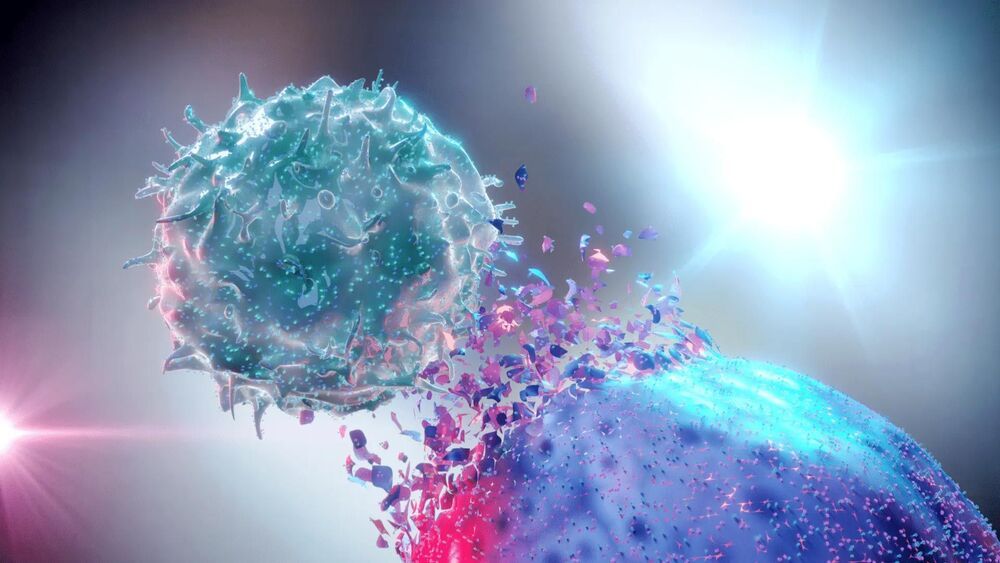Page 5777
Jan 12, 2021
Verizon, UPS, and Skyward announce connected drone delivery at CES 2021
Posted by Genevieve Klien in categories: business, drones, internet
PORTLAND, Ore. — Skyward, A Verizon company, and UPS Flight Forward today announced collaborative efforts to deliver retail products with drones connected to Verizon 4G LTE, as well as 5G testing and integration for delivery. The companies aim to deliver retail products via connected drones at The Villages in Florida.
“We will need the ability to manage and support multiple drones, flying simultaneously, dispatched from a centralized location, operating in a secure and safe environment. To do this at scale, alongside Verizon and Skyward, we’ll need the power of 5G,” said Carol B. Tomé, CEO of UPS.
“We’re just beginning to see how the power of 5G Ultra Wideband will transform the way businesses operate,” said Rima Qureshi, Chief Strategy Officer at Verizon. “By partnering with UPS and other innovative companies, we can learn from each other’s expertise and collaborate to create solutions that help move the world forward.”
Jan 12, 2021
New Species of Wild Bee Discovered in Israel
Posted by Genevieve Klien in category: futurism
An international team of scientists has discovered a new species of the bee genus Lasioglossum living in sand dunes in Israel.
It is the largest of all bee genera, containing over 1700 species in numerous subgenera worldwide.
Jan 12, 2021
One in Five Brain Cancers Fueled by Overactive Mitochondria
Posted by Genevieve Klien in categories: biotech/medical, neuroscience
Summary: 20% of glioblastoma brain cancers are fueled by overactive mitochondria. Researchers say these cases may be treatable by drugs currently under trial.
Source: Columbia University.
A new study has found that up to 20% of glioblastomas–an aggressive brain cancer–are fueled by overactive mitochondria and may be treatable with drugs currently in clinical trials.
Jan 12, 2021
Diffractive networks improve optical image classification accuracy
Posted by Saúl Morales Rodriguéz in categories: information science, robotics/AI
Recently, there has been a reemergence of interest in optical computing platforms for artificial intelligence-related applications. Optics is ideally suited for realizing neural network models because of the high speed, large bandwidth and high interconnectivity of optical information processing. Introduced by UCLA researchers, Diffractive Deep Neural Networks (D2NNs) constitute such an optical computing framework, comprising successive transmissive and/or reflective diffractive surfaces that can process input information through light-matter interaction. These surfaces are designed using standard deep learning techniques in a computer, which are then fabricated and assembled to build a physical optical network. Through experiments performed at terahertz wavelengths, the capability of D2NNs in classifying objects all-optically was demonstrated. In addition to object classification, the success of D2NNs in performing miscellaneous optical design and computation tasks, including e.g., spectral filtering, spectral information encoding, and optical pulse shaping have also been demonstrated.
In their latest paper published in Light: Science & Applications, UCLA team reports a leapfrog advance in D2NN-based image classification accuracy through ensemble learning. The key ingredient behind the success of their approach can be intuitively understood through the experiment of Sir Francis Galton (1822–1911), an English philosopher and statistician, who, while visiting a livestock fair, asked the participants to guess the weight of an ox. None of the hundreds of participants succeeded in guessing the weight. But to his astonishment, Galton found that the median of all the guesses came quite close—1207 pounds, and was accurate within 1% of the true weight of 1198 pounds. This experiment reveals the power of combining many predictions in order to obtain a much more accurate prediction. Ensemble learning manifests this idea in machine learning, where an improved predictive performance is attained by combining multiple models.
In their scheme, UCLA researchers reported an ensemble formed by multiple D2NNs operating in parallel, each of which is individually trained and diversified by optically filtering their inputs using a variety of filters. 1252 D2NNs, uniquely designed in this manner, formed the initial pool of networks, which was then pruned using an iterative pruning algorithm, so that the resulting physical ensemble is not prohibitively large. The final prediction comes from a weighted average of the decisions from all the constituent D2NNs in an ensemble. The researchers evaluated the performance of the resulting D2NN ensembles on CIFAR-10 image dataset, which contains 60000 natural images categorized in 10 classes and is an extensively used dataset for benchmarking various machine learning algorithms. Simulations of their designed ensemble systems revealed that diffractive optical networks can significantly benefit from the ‘wisdom of the crowd’.
Jan 12, 2021
Machine learning accelerates discovery of materials for use in industrial processes
Posted by Saúl Morales Rodriguéz in categories: materials, robotics/AI
New research led by researchers at the University of Toronto (U of T) and Northwestern University employs machine learning to craft the best building blocks in the assembly of framework materials for use in a targeted application.
Jan 12, 2021
Discovery of quantum behavior in insulators suggests possible new particle
Posted by Saúl Morales Rodriguéz in categories: particle physics, quantum physics
In a surprising discovery, Princeton physicists have observed an unexpected quantum behavior in an insulator made from a material called tungsten ditelluride. This phenomenon, known as quantum oscillation, is typically observed in metals rather than insulators, and its discovery offers new insights into our understanding of the quantum world. The findings also hint at the existence of an entirely new type of quantum particle.
The discovery challenges a long-held distinction between metals and insulators, because in the established quantum theory of materials, insulators were not thought to be able to experience quantum oscillations.
“If our interpretations are correct, we are seeing a fundamentally new form of quantum matter,” said Sanfeng Wu, assistant professor of physics at Princeton University and the senior author of a recent paper in Nature detailing this new discovery. “We are now imagining a wholly new quantum world hidden in insulators. It’s possible that we simply missed identifying them over the last several decades.”
Jan 12, 2021
What is Elon Musk’s Starship?
Posted by Alberto Lao in categories: Elon Musk, space travel
Jan 12, 2021
Reality Does Not Depend on the Measurer According to New Interpretation of Quantum Mechanics
Posted by Paul Battista in categories: neuroscience, quantum physics
For 100 years scientists have disagreed on how to interpret quantum mechanics. A recent study by Jussi Lindgren and Jukka Liukkonen supports an interpretation that is close to classical scientific principles.
Quantum mechanics arose in the 1920s – and since then scientists have disagreed on how best to interpret it. Many interpretations, including the Copenhagen interpretation presented by Niels Bohr and Werner Heisenberg and in particular von Neumann-Wigner interpretation, state that the consciousness of the person conducting the test affects its result. On the other hand, Karl Popper and Albert Einstein thought that an objective reality exists. Erwin Schrödinger put forward the famous thought experiment involving the fate of an unfortunate cat that aimed to describe the imperfections of quantum mechanics.
Jan 12, 2021
Scientists Discover a Way to Control the Immune System’s “Natural Killer” Cells With “Invisible” Stem Cells
Posted by Paul Battista in categories: biotech/medical, business, life extension
UC San Francisco scientists have discovered a new way to control the immune system’s “natural killer” (NK) cells, a finding with implications for novel cell therapies and tissue implants that can evade immune rejection. The findings could also be used to enhance the ability of cancer immunotherapies to detect and destroy lurking tumors.
The study, published today (January 82021) in the Journal of Experimental Medicine, addresses a major challenge for the field of regenerative medicine, said lead author Tobias Deuse, MD, the Julien I.E. Hoffman, MD, Endowed Chair in Cardiac Surgery in the UCSF Department of Surgery.
“As a cardiac surgeon, I would love to put myself out of business by being able to implant healthy cardiac cells to repair heart disease,” said Deuse, who is interim chair and director of minimally invasive cardiac surgery in the Division of Adult Cardiothoracic Surgery. “And there are tremendous hopes to one day have the ability to implant insulin-producing cells in patients with diabetes or to inject cancer patients with immune cells engineered to seek and destroy tumors. The major obstacle is how to do this in a way that avoids immediate rejection by the immune system.”



